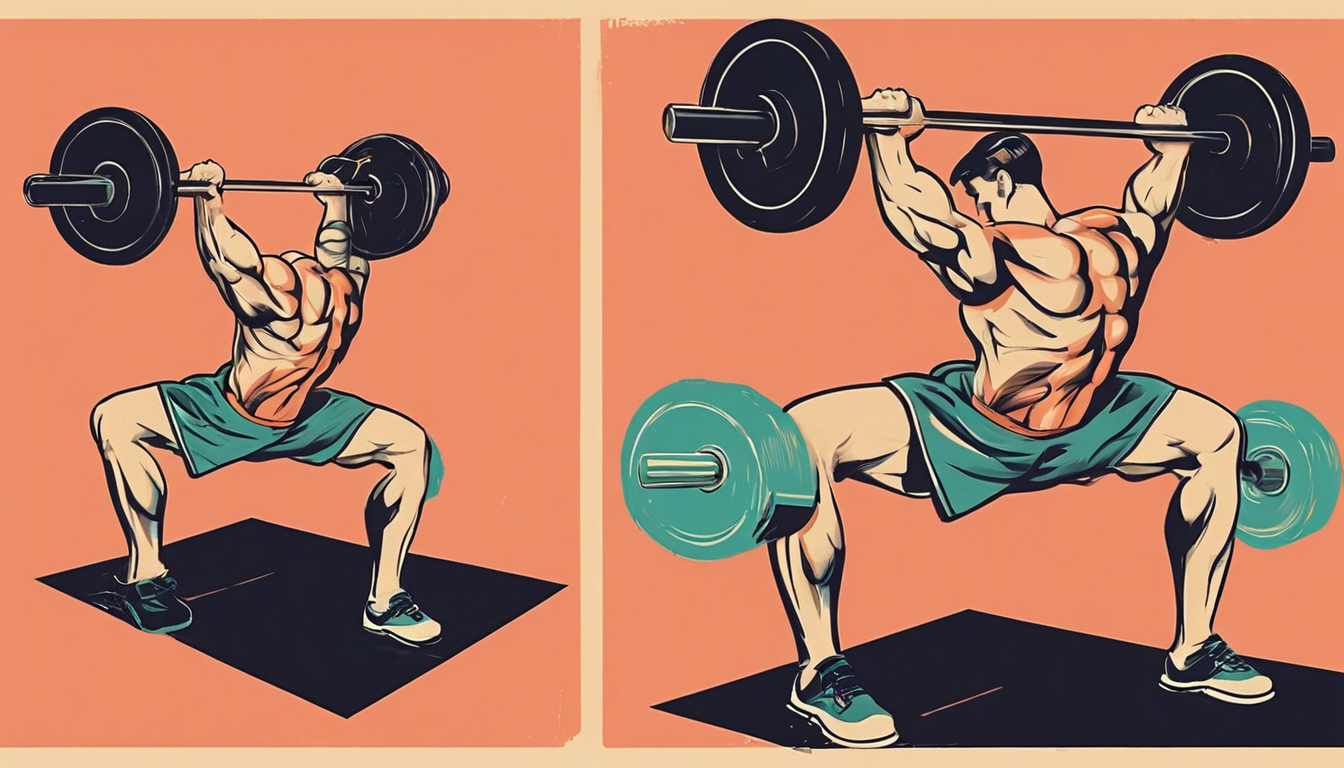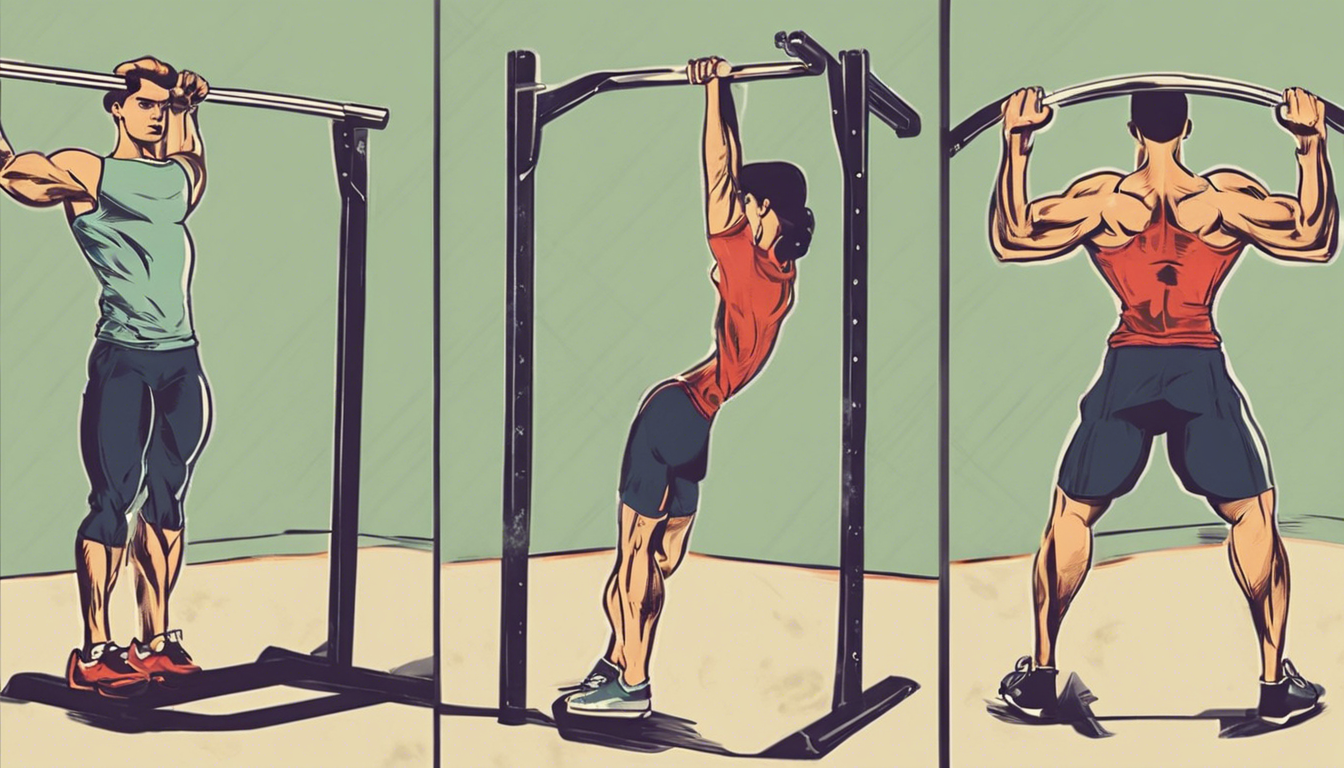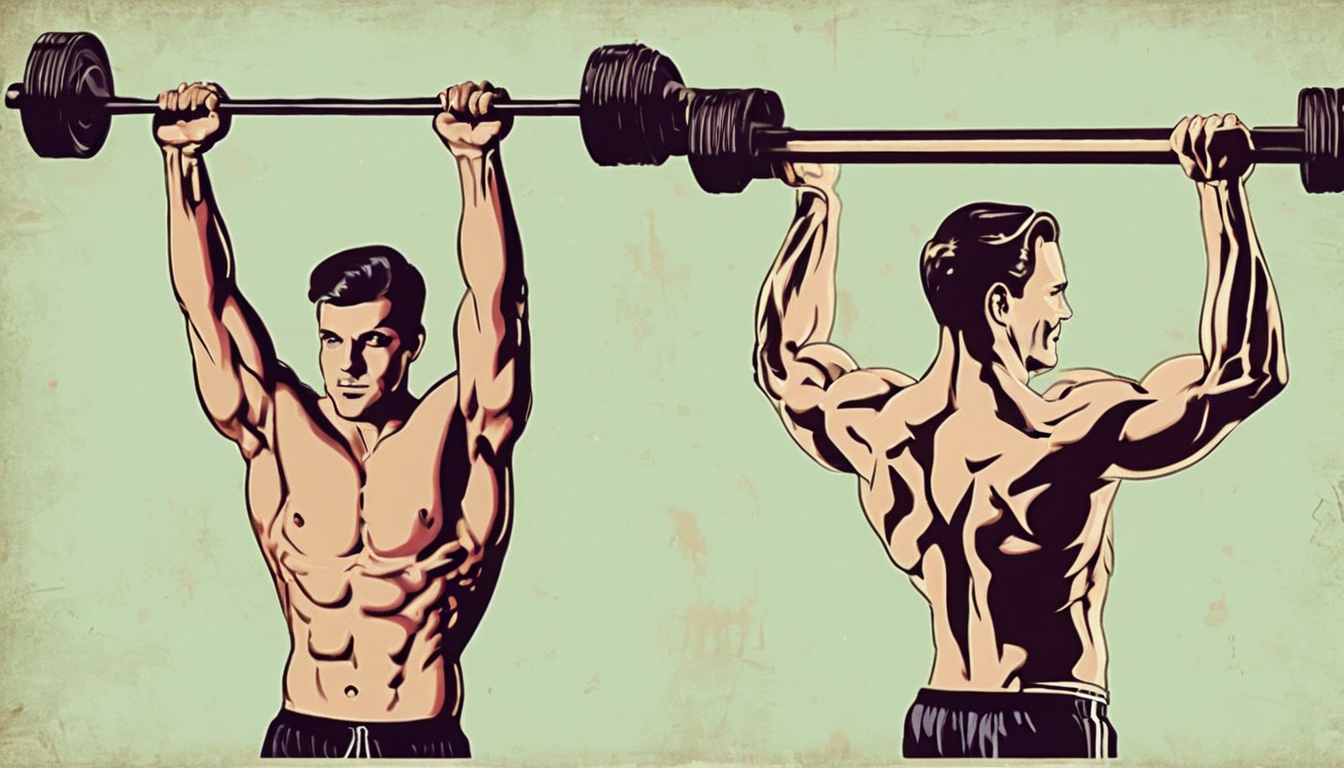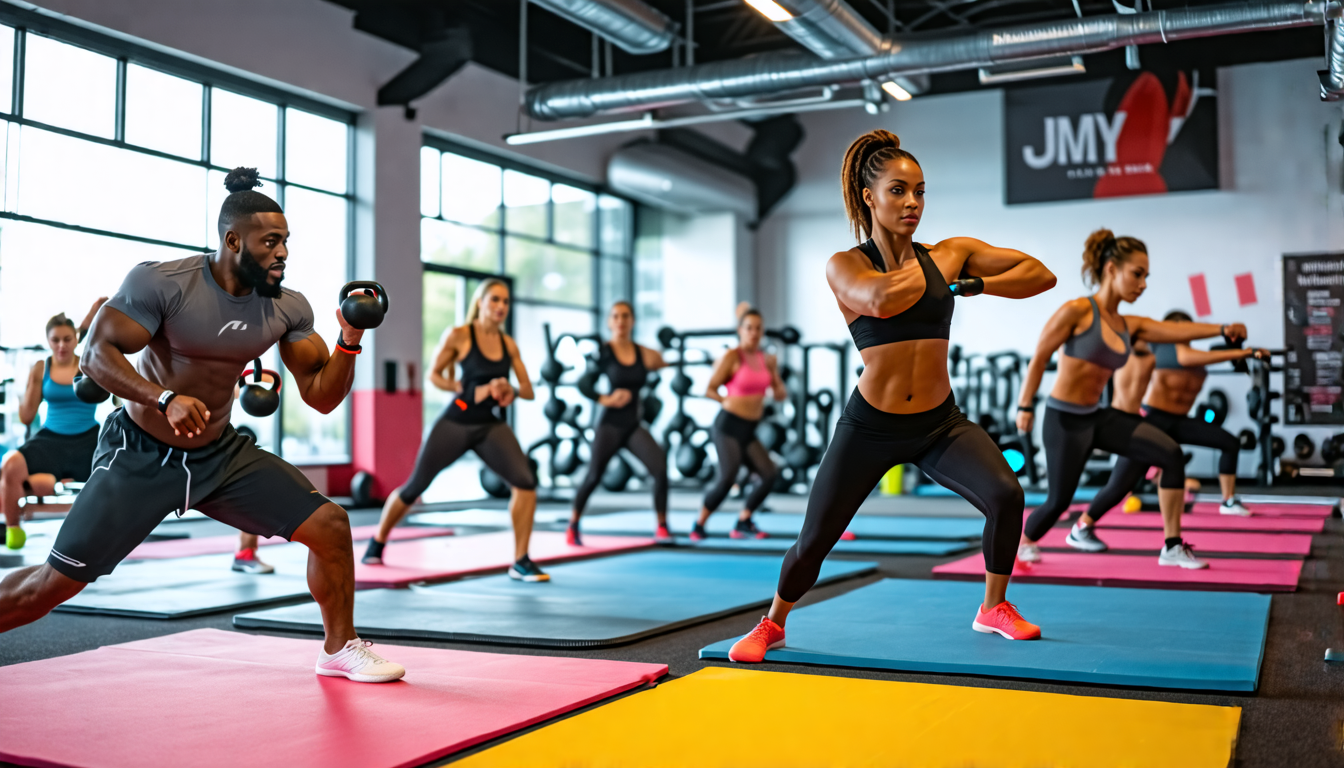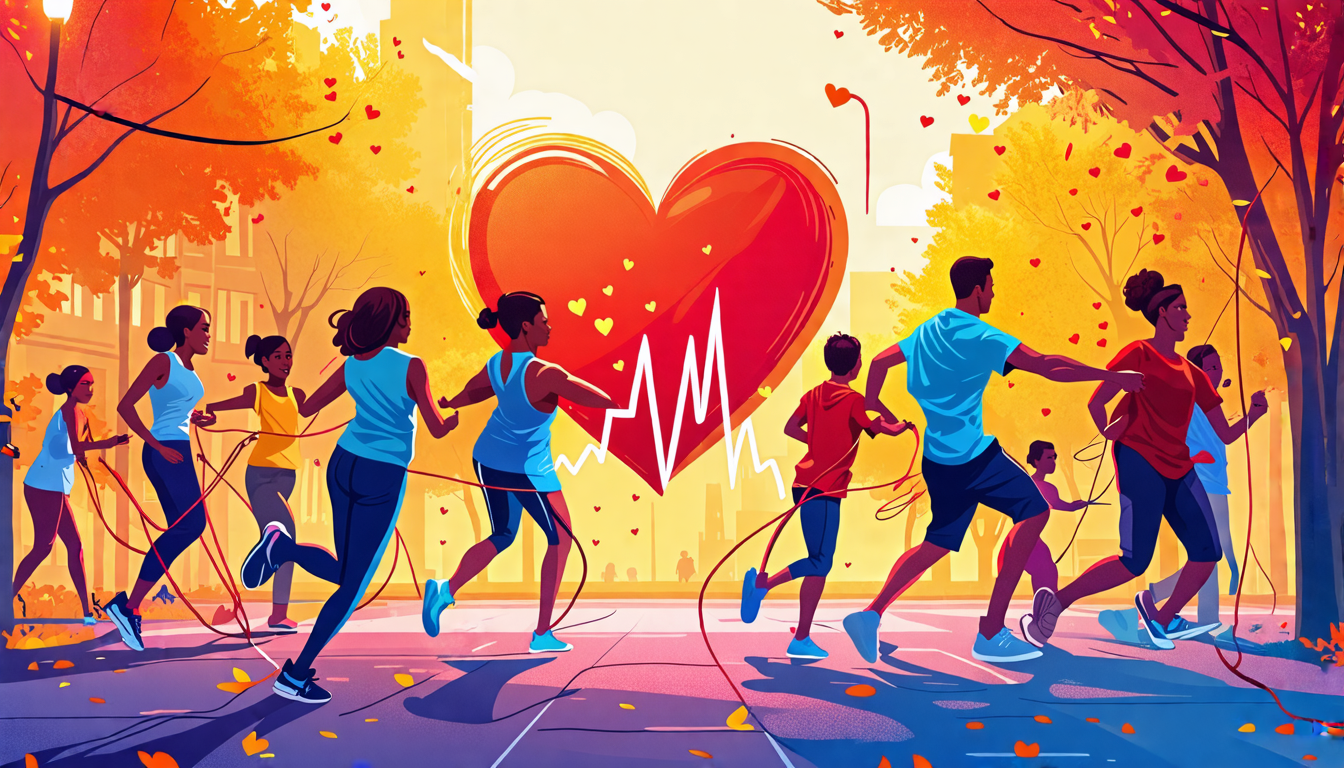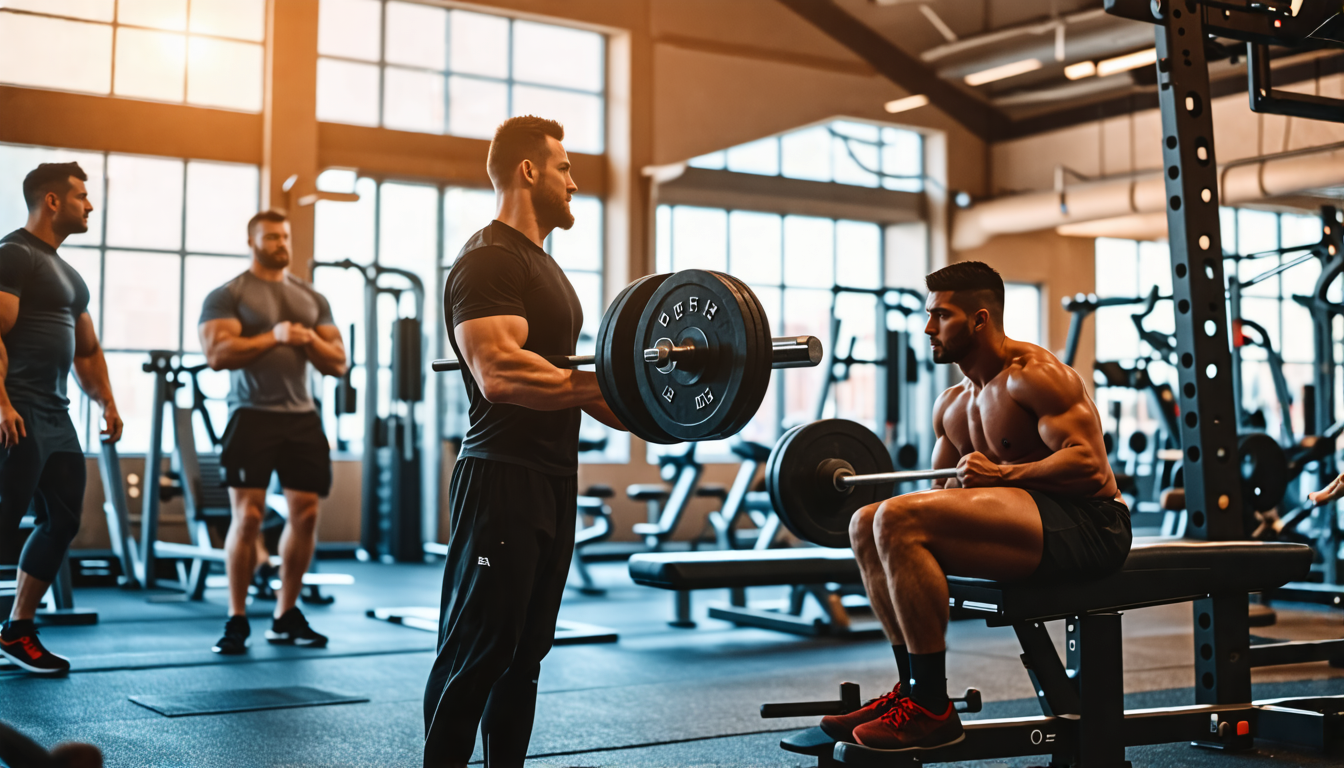
The Vision of Unstoppable Progress
Imagine unracking a barbell loaded with a weight that once seemed mythical. You initiate the lift, muscles firing in perfect sequence, guided not by fear but by an absolute certainty. That certainty comes from the unwavering presence beside you—a silent guardian who makes audacity possible. This is the pinnacle of training: where potential is not just tested, but unlocked. The journey from hesitant to heroic is forged in partnership. Mastering the profound, non-negotiable importance of spotters and partners is the foundational key to training with ruthless confidence, shattering perpetual plateaus, and building a lifetime of strength.
Foundational Choices: The “Hardware” of Your Partnership
Before you touch a weight, you must choose your most critical piece of equipment: your training ally. This choice forms the bedrock of every future gain, every record broken, and every injury avoided.
Part A: Selection and Sizing – Finding Your Fit
First, define the role. A spotter provides a one-time, tactical assist for a specific heavy set. A training partner is a strategic collaborator for the long haul. Seek compatibility in reliability, communication style, and ambition. A highly motivated, intense partner is ideal for pushing max attempts, while a patient, detail-oriented technician is superior for mastering complex new movements like the snatch or bench press pause.
Part B: The Setup – Establishing Rules of Engagement
Proper positioning is tactical, not casual. For the bench press, the spotter stands at the head, hands ready to follow the bar’s path, not grab it prematurely. For the squat, the spotter mirrors the lifter’s posture, hands hovering near the torso or under the arms for a front-squat bail. For overhead lifts, the spotter’s role is primarily to create a safe bail-out zone, not to catch a falling bar. Foundational protocols are sacred: a clear pre-lift briefing (“I’m going for 5 reps, assist only if I stall”), unambiguous verbal or hand signals (“Take it!” or a tap), and total, undivided attentiveness from setup to re-rack.
Part C: Material and Components – Building Trust
The partnership is built from intangible, yet critical, components. Evaluate them rigorously.
| Component | Options | Key Characteristics |
|---|---|---|
| Communication | Verbal cues, hand signals, bar path tracking. | Must be established and drilled before the first working set. Prevents catastrophic misunderstandings. The lifter always initiates the call for help; the spotter never assumes. |
| Knowledge | Experienced lifter, certified trainer, committed novice. | Must understand the intended bar path and failure points of each lift. Knows how to assist with just enough force and when to intervene without hijacking the lift. Approaches gaps in knowledge with a willingness to learn together. |
| Mindset | Motivator, Realist, Technician. | Provides positive reinforcement without empty hype. Offers honest, constructive feedback on form immediately after the set. Respects training boundaries and personal goals without injecting ego. |
The Core System: Managing the Dynamic of Effort
A great spotting partnership is a dynamic, real-time feedback system for managing the three core variables of training: safety, intensity, and volume.
Controlling for Safety (The Non-Negotiable Variable)
The Ideal State: Zero failed lifts resulting in injury. Confidence to attempt maximal loads.
Consequences of Failure: Catastrophic injury (muscle tear, joint damage, crushed trachea), long-term psychological fear of the weight.
Control Methods & Tools: For dumbbell presses, use a seated position and provide a clean hand-off to the shoulder. For heavy squats, master the “platform catch” from behind, not a chaotic grab at the bar. The golden rule: assist only on the concentric (lifting) phase unless managing a controlled eccentric overload. The spotter’s hands should follow, not lead.
Modulating Intensity & Volume (The Performance Variables)
The Ideal State: Training consistently in the 0-3 reps-in-reserve zone, safely extending sets for maximal growth.
Consequences of Failure: Chronic sub-optimal stimulation leading to plateaus, or systemic burnout from excessive, poorly managed fatigue.
Control Methods & Tools: Use your partner to safely execute 1-2 forced reps after concentric failure. Implement rest-pause sets where your partner holds the weight in the racked position for 10-15 seconds of deep breathing before you continue. For advanced techniques, a partner can manually apply accommodating resistance on the concentric or control the eccentric descent on a bench press beyond your normal capacity.
Advanced Practices: The Art of Collaborative Cultivation
This is where partnership transcends safety and becomes an engine for superior performance. You move from preventing failure to cultivating excellence.
Technique Coaching & Live Feedback
Your partner is your live mirror. They provide immediate, actionable cues you cannot see: “Drive your knees out on the ascent,” “Your right elbow is flaring on the press,” “You’re an inch high on your squat depth.” This real-time feedback loop accelerates skill acquisition more effectively than any post-workout video analysis.
Psychological Spotting
A partner manages your arousal state. For a technical 1-rep max deadlift, they provide calm, focused cues: “Breathe, brace, push the floor away.” For a final, gut-busting set of push-ups, they become a fierce motivator, breaking through the mental barrier. They hold the space for your focus, eliminating external distraction.
Strategic Programming for Pairs
Design your training around the partnership. Use partner-resisted movements like manual band tension on sled drags. Employ “I go, you go” rest schemes for efficiency, where one partner’s work period is the other’s rest, maintaining perfect workout density. Co-write programs that play to each other’s strengths and target mutual weaknesses.
Threat Management: Preventing and Solving Partnership Problems
A dysfunctional partnership is a direct threat to progress and safety. Adopt a proactive, not reactive, stance.
Prevention – Choosing and Maintaining the Alliance
Vet for consistency as rigorously as you vet for knowledge. Hold quarterly “goal-summit” conversations to align on objectives, deload weeks, and target lifts. This prevents the slow drift of misaligned priorities.
Intervention – When the System Falters
Identification Guide:
The Distracted Spotter: Eyes on phone, conversation with others mid-set.
The Ego-Lifter: Ignores pre-set rep plans, constantly pushes partner into dangerous territory, dismisses form cues.
The Chronically Unreliable: Frequent last-minute cancellations, inconsistent energy levels.
Tiered Response Plan:
Tier 1: Immediate, clear, and direct communication after the session. “I need your full attention when I’m under the bar for my safety.”
Tier 2: Formal re-establishment of ground rules and commitments. Revisit the partnership “contract.”
Tier 3: Strategic dissolution. A bad partnership is worse than no partnership. Part ways respectfully and seek an alliance that serves your goals.
The Action Plan: A Practical Roadmap for Partnership
| Phase | Primary Tasks | Focus On |
|---|---|---|
| Foundation Building (Weeks 1-4) | Drill all communication signals with an empty bar. Practice handoff and assist techniques with 50% loads. Co-write a simple, aligned 4-week progressive program. Schedule consistent training times. | Building implicit trust and ritual. Establishing the non-negotiable safety and communication protocols as second nature. |
| Progressive Overload & Mastery (Ongoing) | Hold weekly 5-minute check-ins before the first warm-up set. Plan and calendar PR attempts 2-3 weeks in advance. Rotate exercise selection to keep the partnership engaged and learning. Introduce one advanced technique (e.g., forced reps) per mesocycle. | Collaborative goal achievement and systematic plateau destruction. Evolving from spotters to true co-coaches, invested in each other’s long-term development. |
The Transformation Forged Together
True strength is not merely a physical attribute; it is a relational one. It is built on the bedrock of trust, sharpened by honest feedback, and celebrated in shared purpose. Your journey from selecting a compatible ally to mastering the intricate dance of the assisted lift is the journey from training alone to cultivating greatness within a system. Revisit that vision of the triumphant lift. The bar bends, the body strains, and triumph is seized—not in solitude, but in the secure knowledge of unwavering support. This is the ultimate importance of spotters and partners: they transform the gym from a place of solitary effort into a forge for collective achievement. The weight is shared, the risk is mitigated, and the victory—the profound, hard-earned joy of surpassing yourself—is unequivocally doubled.

